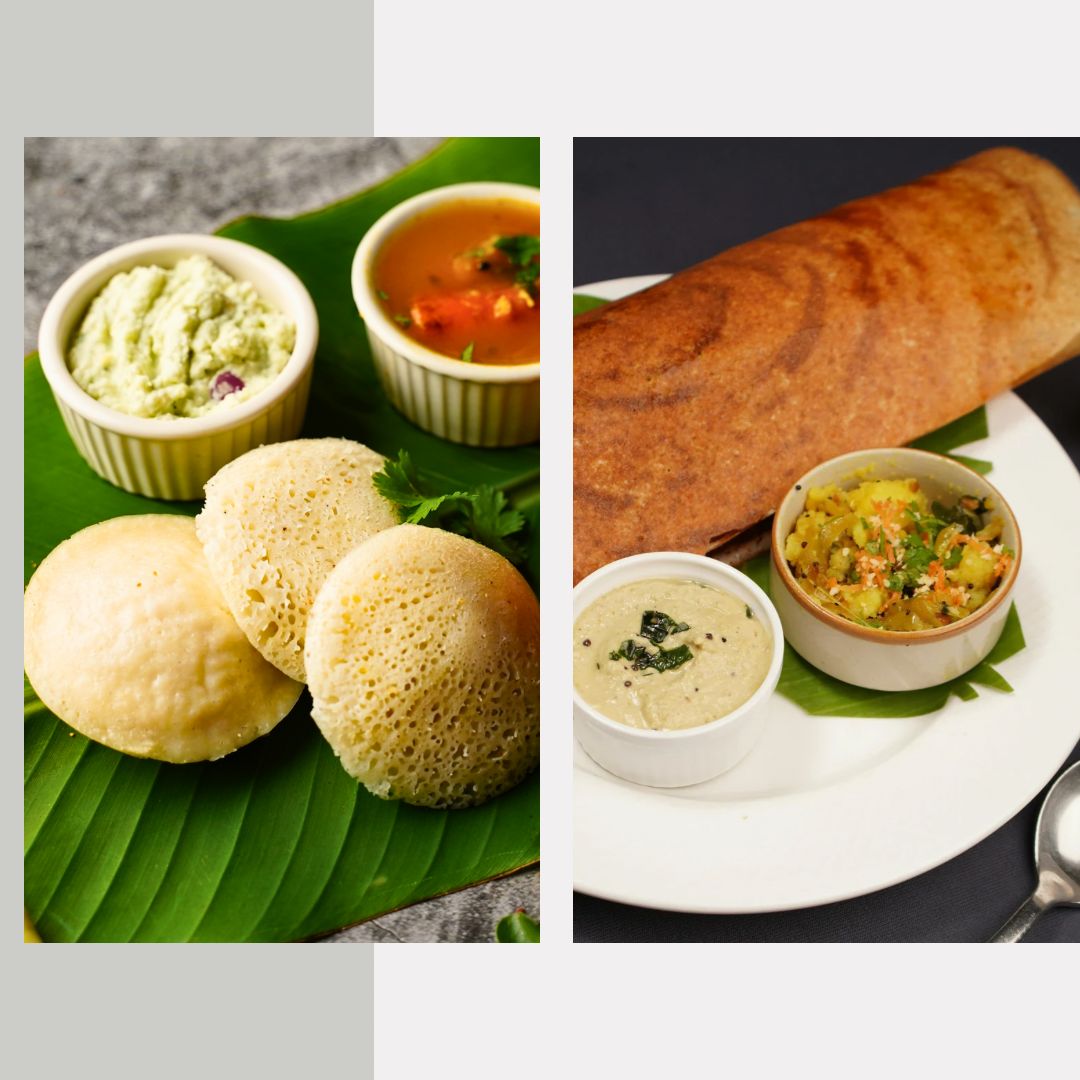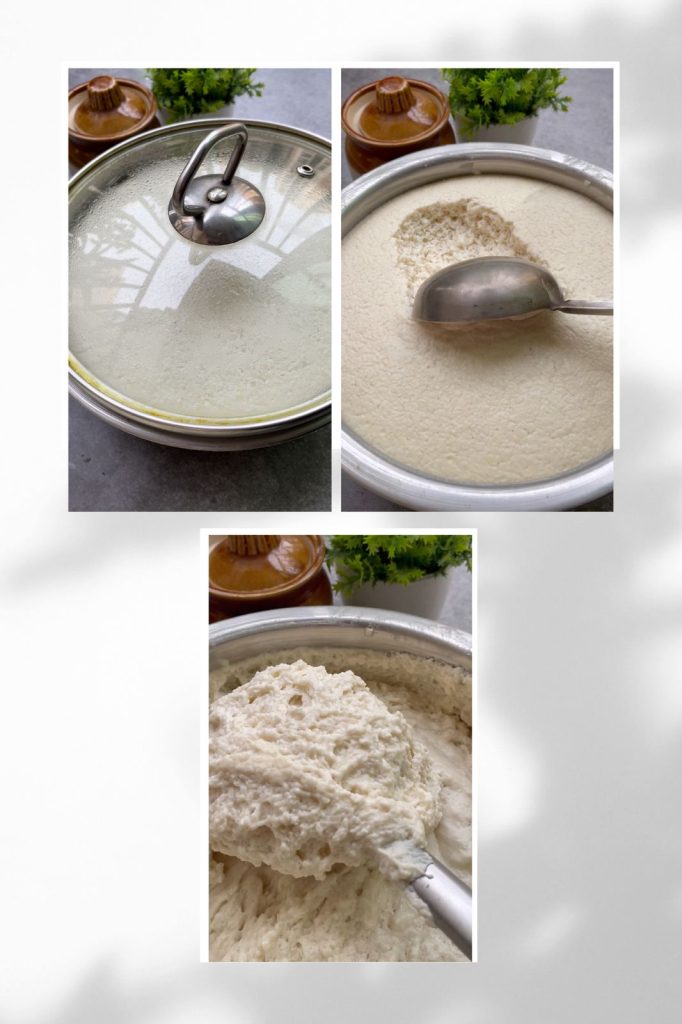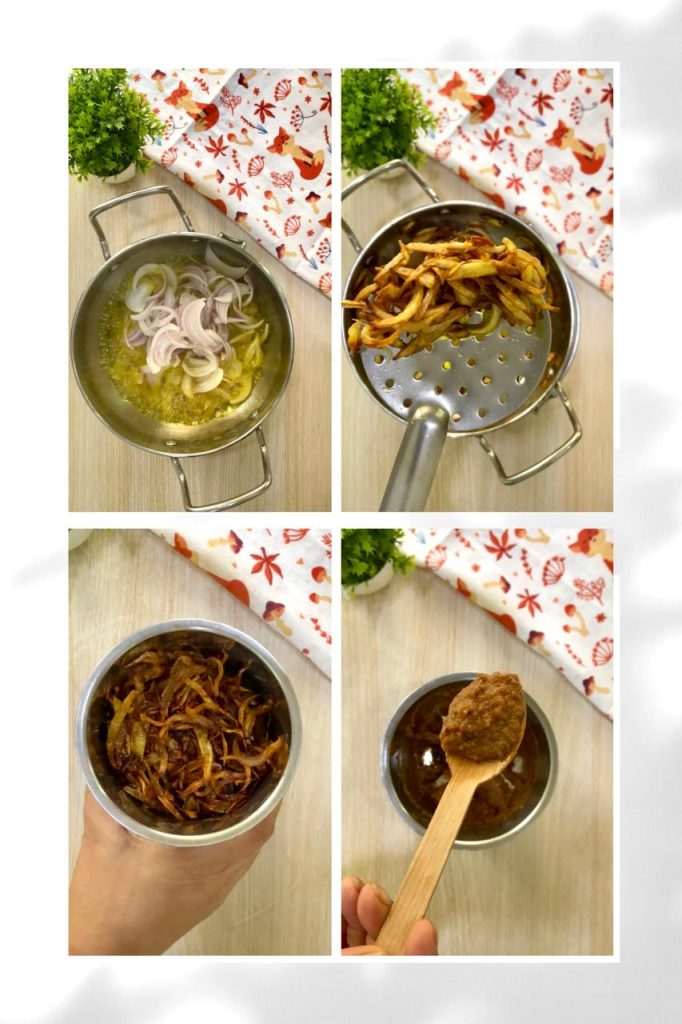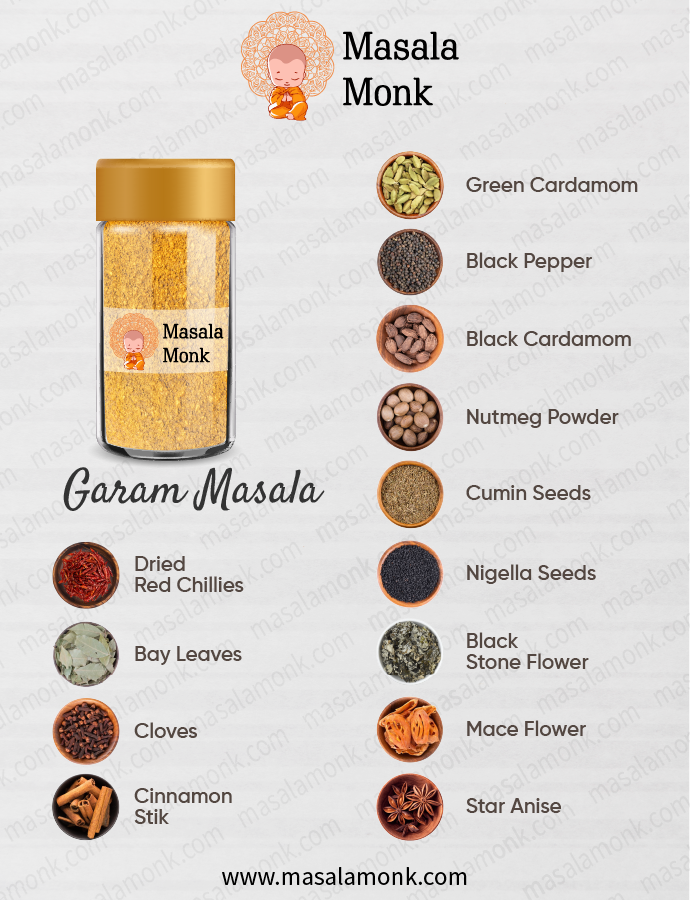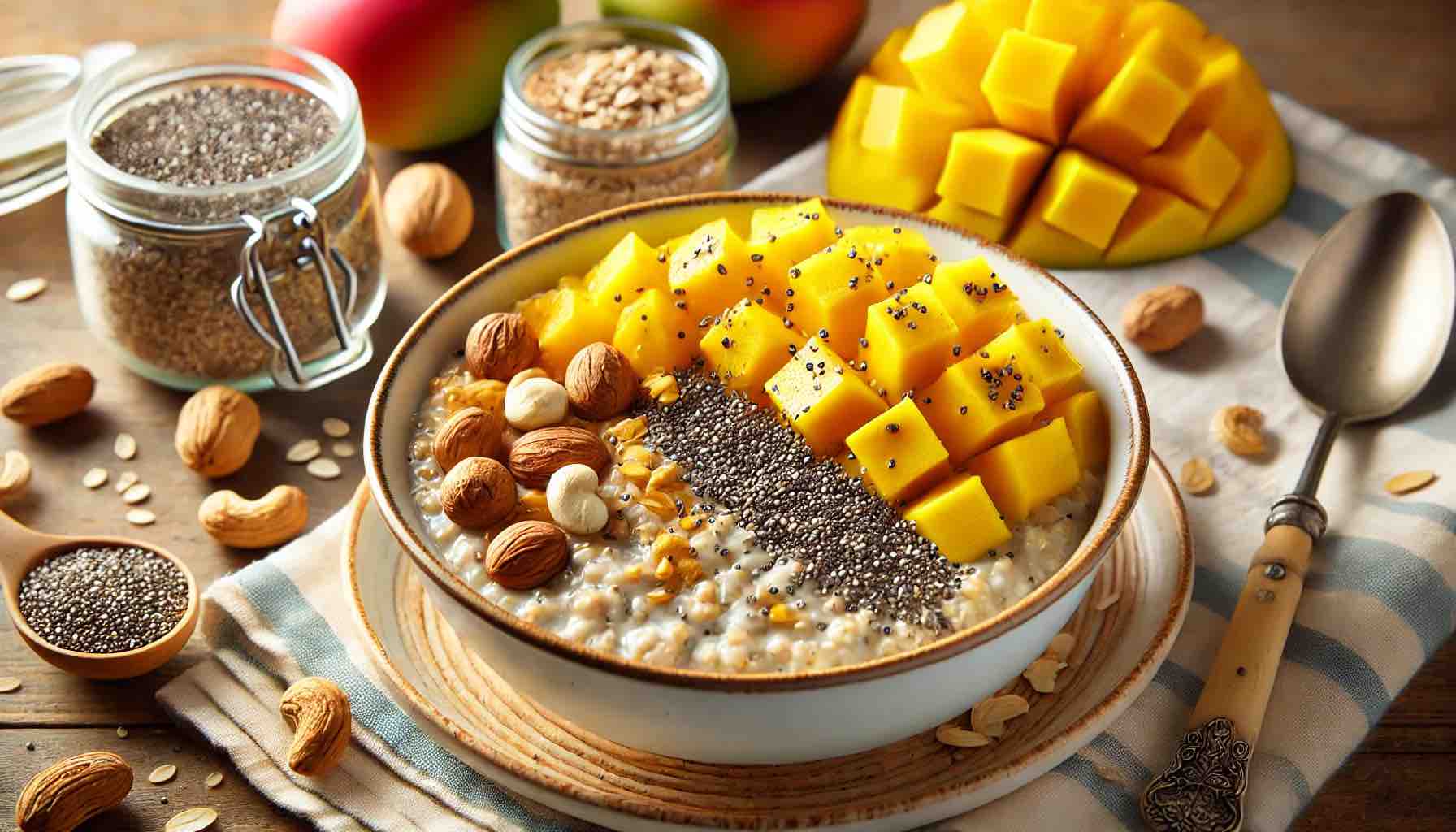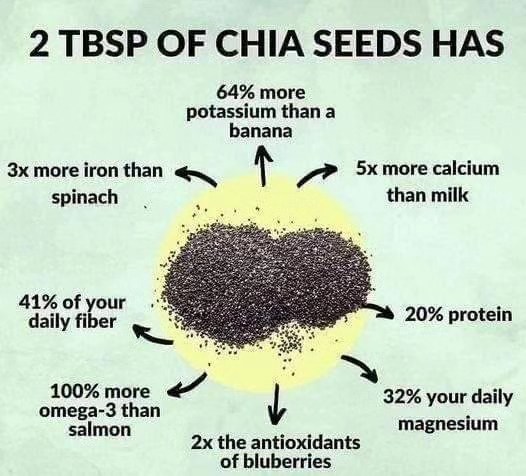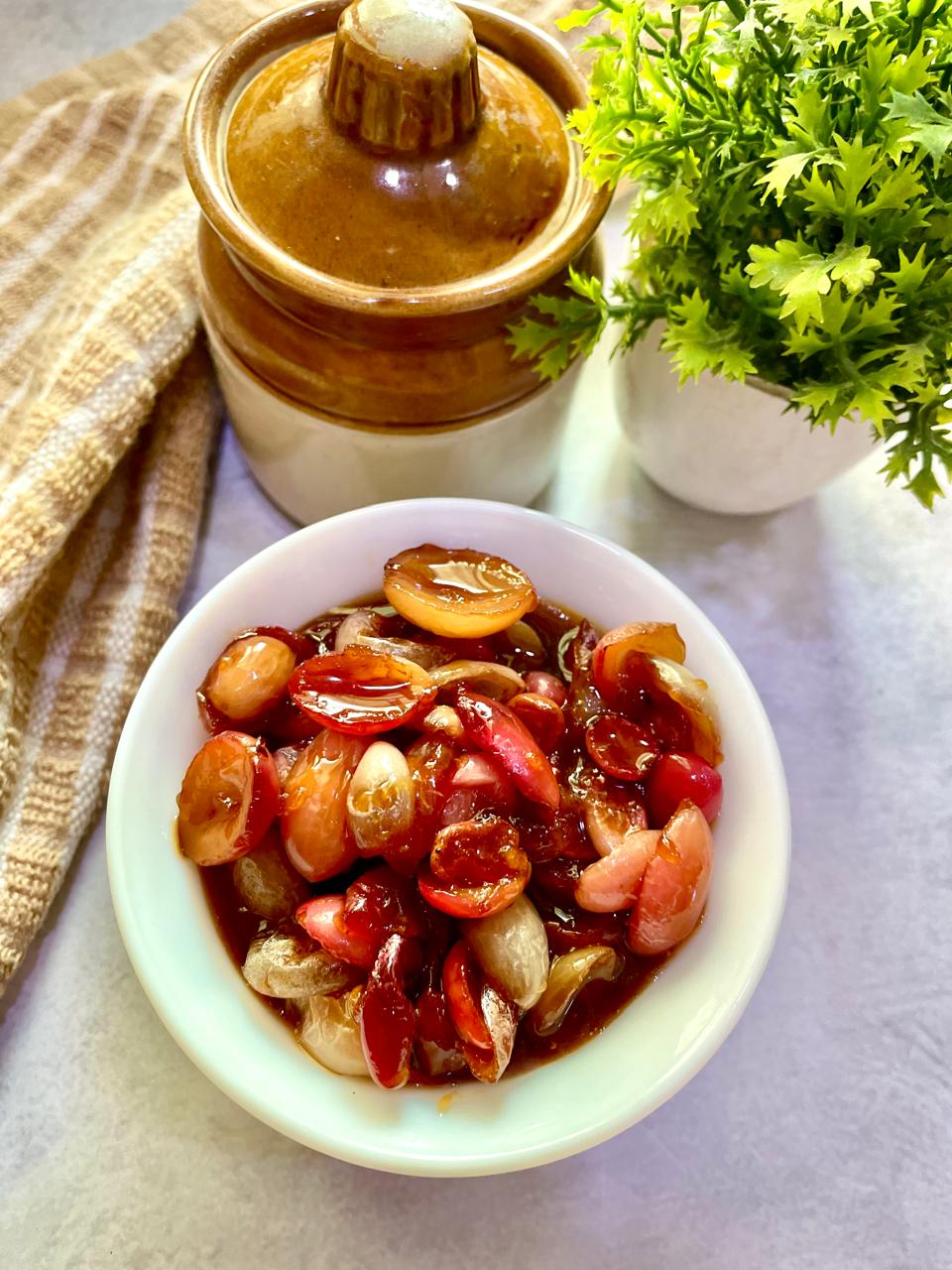
If you’re looking to add a burst of flavor to your meals, Karonde Ka Khatta Meetha Achar (Karonda Sweet and Sour Pickle) is the perfect choice. This pickle combines the natural tartness of karonda with the sweetness of jaggery, absolute burst of flavours. It’s simple to make and can be stored for weeks, great way to enhancing your meals with just a spoonful of this pickle. Let’s dive into this easy and delicious recipe.
Ingredients:
- Karonda (Natal Plum): 250 grams
- Jaggery Powder: 150 grams
- Ghee (Clarified Butter): 2 tablespoons
Begin by washing the karonda thoroughly under running water. Pat them dry with a clean cloth. Cut each karonda into halves and carefully remove the seeds. Set the deseeded karonda aside.
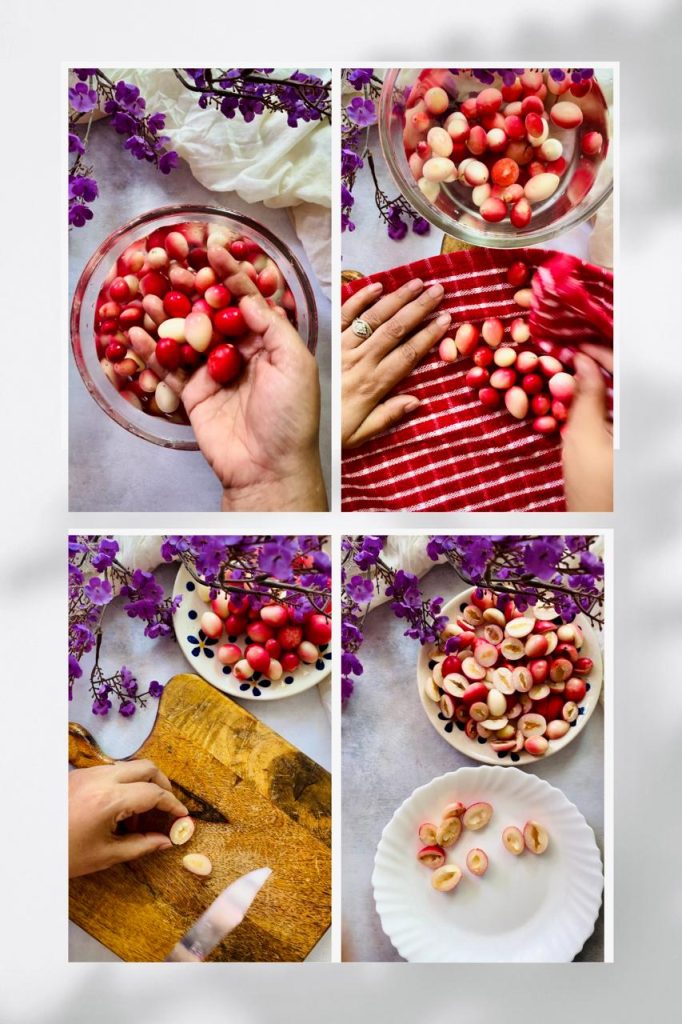
Heat a pan over medium flame and add the ghee. Once the ghee is hot, add the deseeded karonda halves to the pan. Sauté the karonda in ghee, stirring occasionally, until they start to soften and mush slightly. This should take about 5-7 minutes.

Lower the flame and add the jaggery powder to the pan with the softened karonda. Stir continuously to ensure the jaggery melts evenly and coats the karonda pieces well.

Allow the mixture to cook for another 2-3 minutes, ensuring the jaggery fully incorporates with the karonda, giving it a shiny glaze. Once done, remove the pan from heat and let the pickle cool to room temperature.
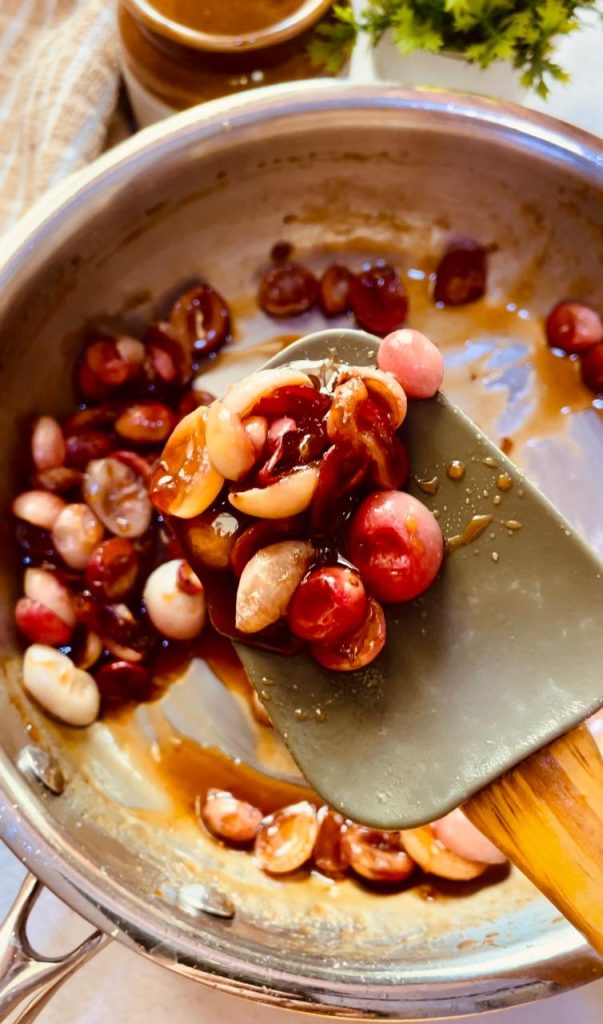
Transfer the cooled achar into a clean, airtight jar. Ensure the jar is completely dry before storing the pickle to prevent any spoilage.
If you love this fruit you should defiantly try this Karonda Mirchi ka Achar
If you try this recipe, do give us a shout out. Just click a picture and tag us on @masala.monk or use the hashtag #MasalaMonkRecipe and share on Instagram and Facebook. We would love to hear from you. 🙂Happy cooking!

